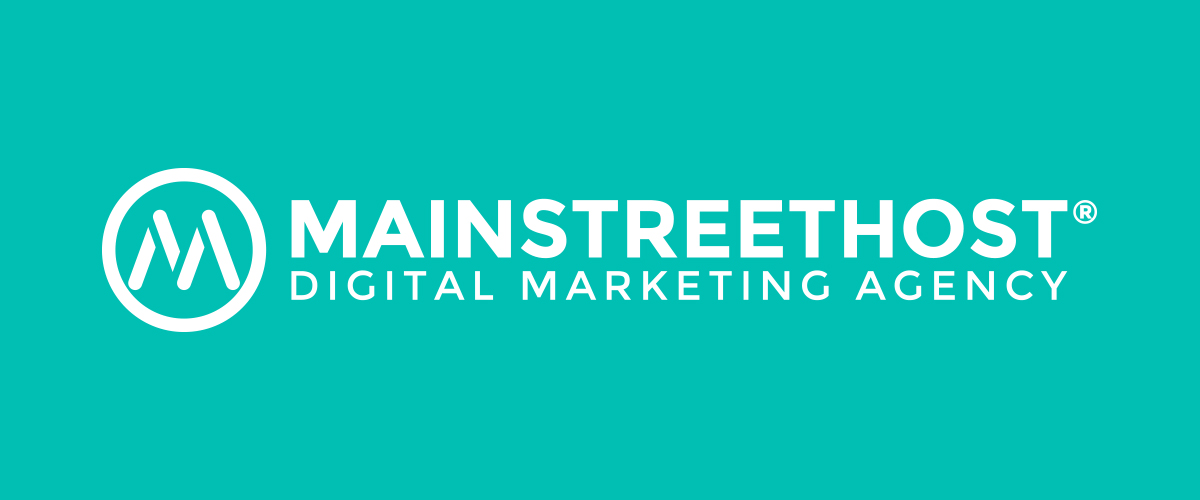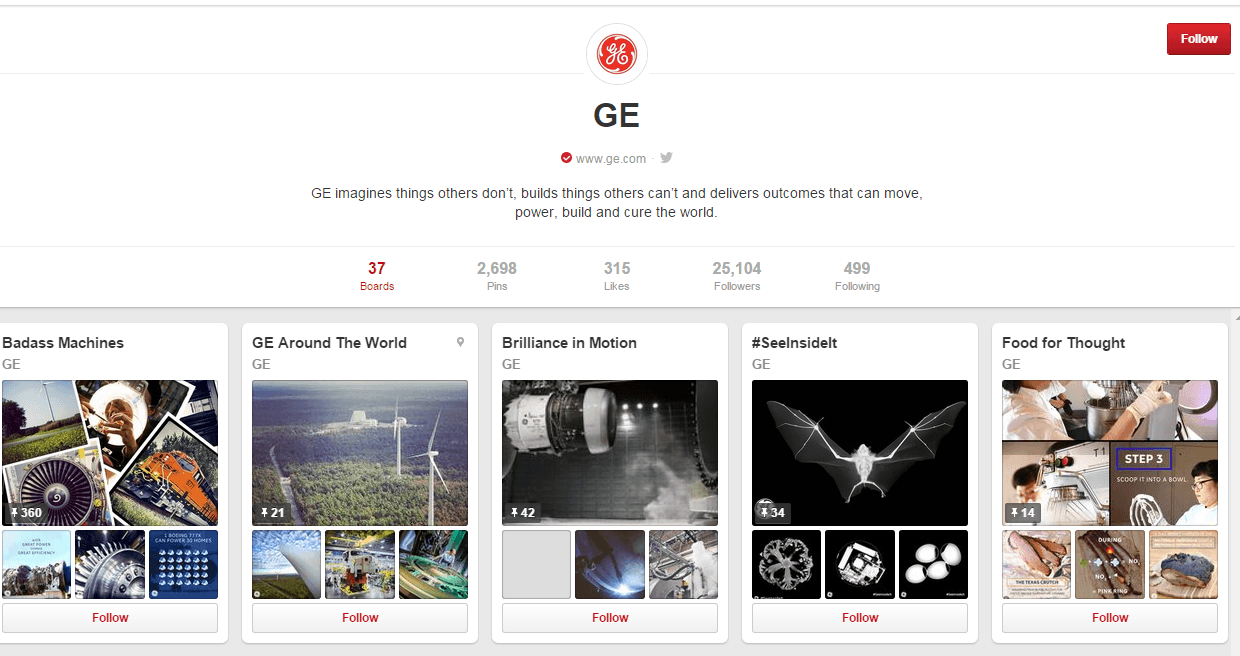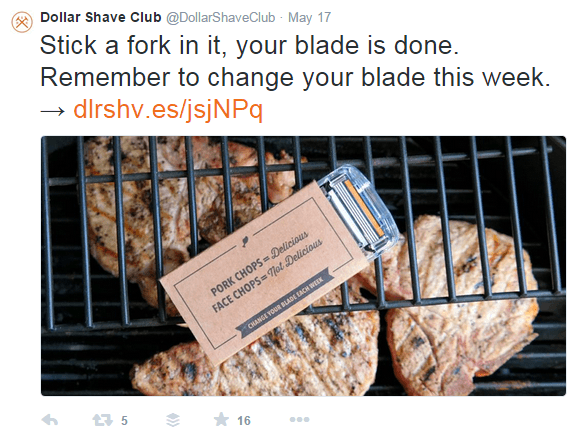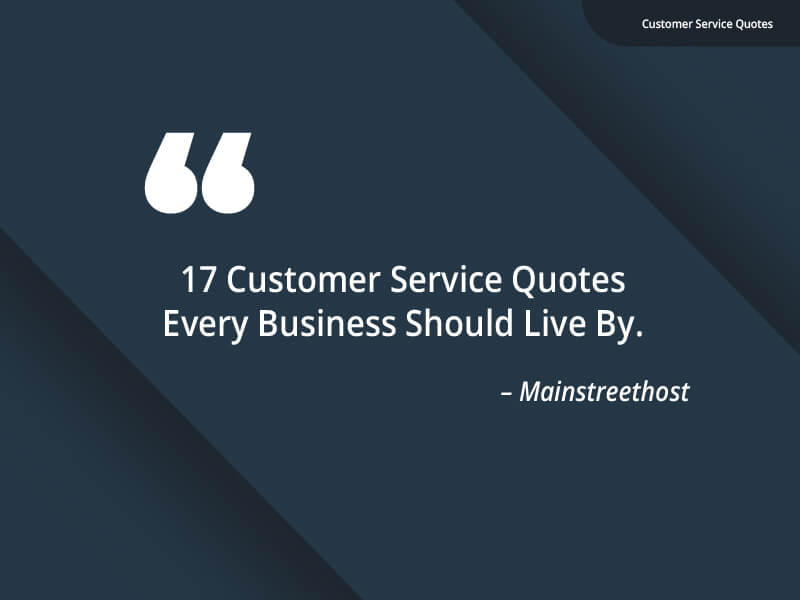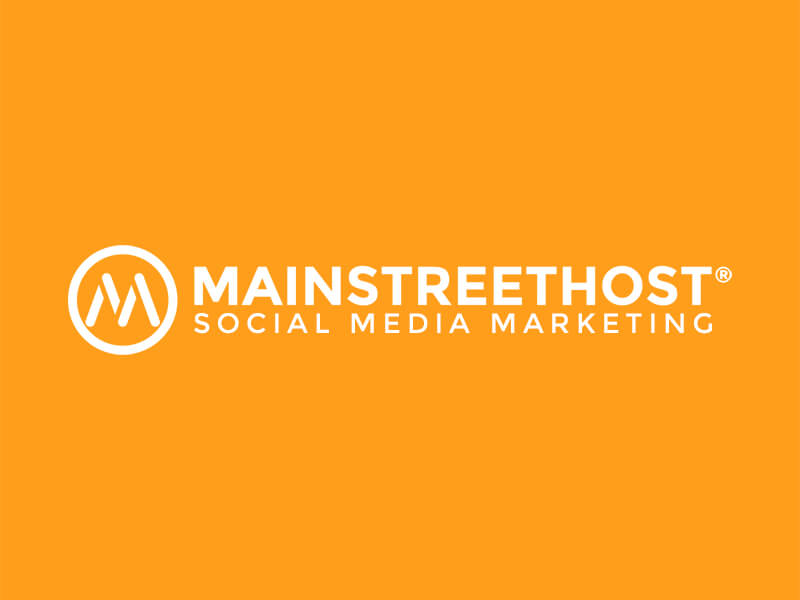Marketing is marketing, right?
You probably know it’s not that simple. Even though we may use the same tools for very different brands, the strategies, goals, and techniques vary. This is especially true when you compare business-to-business (B2B) and business-to-consumer (B2C) companies; your target market, sales cycle, and product complexity differ, which ultimately leads to different marketing strategies.
Before we get into the differences between these two categories, let’s talk about the similarities. What are the most popular forms of marketing today? Across the board, it’s pretty unanimous: social media, email, and video marketing are common among brands of various industries and target markets. These are all ways to effectively generate brand awareness, build trust, and ultimately encourage a purchase decision. Regardless of what you’re trying to sell or who you’re trying to sell it to, these goals don’t change. How you get there, however, does.
Target Market
The first difference is obviously that last letter in the abbreviations; the target market of customers a business is trying to attract (businesses vs. individual consumers). With B2B businesses, the offerings are generally more specific, so the audience tends to be very specific as well. For example, a business that is selling machinery for auto manufacturing facilities is only going to target auto manufacturing companies for this equipment. There’s no need to waste marketing dollars on a broader audience when they don’t have a need for your products.
B2C businesses, on the other hand, typically target a large audience of consumers. Since these businesses tend to be retailers or consumer service companies, they have to cast a relatively wide net to ensure that they aren’t missing out on a potential market. For example, a retailer like Target has such a wide customer base across demographics, age groups, and income levels that they have to create a marketing strategy with a mass appeal.
Focus
While the basis of marketing emphasizes the importance of building trust, educating, and empowering consumers, the main focus for marketers often varies based on the type of company they are representing. B2B companies focus primarily on generating leads by providing potential customers with educational resources and building relationships. This type of marketing is “logic-focused,” in that you are giving consumers the tools they need to make an educated purchase decision.
Since these products tend to be more complex and are often quite expensive, potential buyers are willing to take the time to learn about them. It’s important that you develop quality content to educate these prospects through blogging, ebooks, and more traditional media like pamphlets and brochures.
With typically less complex products, B2C companies are ultimately focused on making a sale. It is less about education and more about creating an emotional connection with consumers to make them want to purchase your products or services. While relationship building is always an important part of marketing, it is less of a priority in the B2C arena due to the shorter sales cycle (which we will get into next). Customers in this segment are looking for instant gratification through their purchases, so providing quality customer service, concise but effective education, and offering special deals are imperative.
Promotions, coupons, and limited edition offers are all great ways to attract customers to your brand and give them that satisfaction. This is partially why B2C companies are so successful on social media; they’re able to entice shoppers through effective imagery and promotions, while also using it as a platform to answer questions or fix issues.
Purchase Decision
The focus of a company’s marketing campaign weighs heavily on the complexity of the product or service they are trying to sell and the length of the sales cycle. The longer the sales cycle, the more time you have to educate customers and nurture relationships to build brand loyalty. We typically see this with B2B marketers, who are promoting products that tend to be more complex, expensive, and aren’t as frequently purchased.
This also emphasizes the importance of long-term relationship building, as you don’t want to nurture a lead only part of the way through the sales cycle. Since there is a longer time span between initial engagement and final purchase, you have to keep the consumer interested so the process doesn’t become stale and they ultimately decide not to purchase from you. That would be a lot of time and money wasted on a customer that never came to fruition.
B2C marketers have the task of attracting attention and educating quickly, while still providing a satisfying purchase experience. Consumers aren’t typically going to take the time to read blog posts or an ebook just to decide which brand of toothpaste or shampoo to buy. We make multiple purchases from B2C companies every week, even every day, so there’s no time to think that thoroughly through all of our purchase decisions. Shoppers desire a variety of distribution channels (both retail stores and ecommerce sites) for added convenience, so you’re also tasked with the challenge of providing a comparable experience on multiple platforms.
B2C marketing is individual-focused, so buyers want to know the answer to the age-old marketing question: “What’s in it for me?” You have to grab their attention through concise messaging and clearly display the benefits of the product or service so consumers don’t have to take the time to learn about it themselves.
Examples
To see the differences between B2B and B2C marketing at work, let’s check out these two popular brands.
GE
GE is one of the world’s largest B2B companies, selling products that range from refrigerators to CT scanners for hospitals. Even though they do sell some products to individual consumers, primarily household appliances, the majority of their work is selling to other businesses. For the average consumer, there’s nothing particularly interesting about the types of products GE is known for. However, this doesn’t mean that their marketing can’t bring some life to this seemingly dull company. In fact, they were deemed the “most exciting boring brand” on social media! This goes to show that with some creative thinking, you can grab the attention of your audience and genuinely entertain them, regardless of the products and services you sell.
If you take a look at GE’s social media accounts, you’ll see that they have accounts specific to each segment of the company in addition to the umbrella “GE” profiles. Throughout their social presence, they aren’t as focused on their products as they are on technological advances and innovation around the world.
Surprisingly, one of the platforms they are most commended for is their Pinterest account. They have several boards that aren’t directly related to items that they sell, but rather topics that are of interest to practically any consumer. With boards like “Food for Thought” or “GE Around the World,” you’re bound to find pins that interest you. If you’re on Pinterest and haven’t followed GE yet, give them a follow. You’ll be pleasantly surprised by their content.
Dollar Shave Club
If there is a model for how B2C marketing can be done right, it’s Dollar Shave Club’s humorous and outlandish strategy. A company that just a few years ago was merely a concept, Dollar Shave Club has taken the marketing world by storm, especially on YouTube.
There’s a good chance you’ve seen this ad (there’s over 19 million views), the one that took them from a “nobody” to a mainstream phenomenon.
Within the first 48 hours of this ad being launched on YouTube, about 12,000 people signed up for the delivered-to-your-door shaving supply service. They now have over 1.5 million loyal customers. Their series of video ads on YouTube, and now on cable TV, have skyrocketed the company to major B2C success story.
When you think about it, it’s really a simple concept. Dollar Shave Club isn’t producing parts for airplanes or hospitals like GE; they’re selling disposable razors. And they’ve capitalized on this simplicity by using it as a platform to show off the company’s relatable, casual, and hysterical personality. In their marketing, they simply tell you that their products can not only save you money on something that everyone needs, but that their products are better quality too.
Their personality extends across social media, especially to Twitter and Instagram. They’re the perfect example of a B2C company that just gets it. They understand the value of video marketing, social media, and traditional mediums like TV and magazines. And most importantly, they understand that just being yourself is one of the most effective ways to attract a loyal customer base.
Pork chops are delicious. Face chops are not delicious.
When creating and modifying your marketing strategy, it’s important to consider who the end users of your products and services are. What goes into the decision-making process and what do they need from you to make that decision? Whether you’re targeting other businesses or individual consumers, marketing ultimately comes down to knowing your audience, their goals, and what motivates them to choose one brand over another. If you can determine these key elements, you can create a marketing strategy that caters to your target market and brings you the return on investment you’re looking for.


